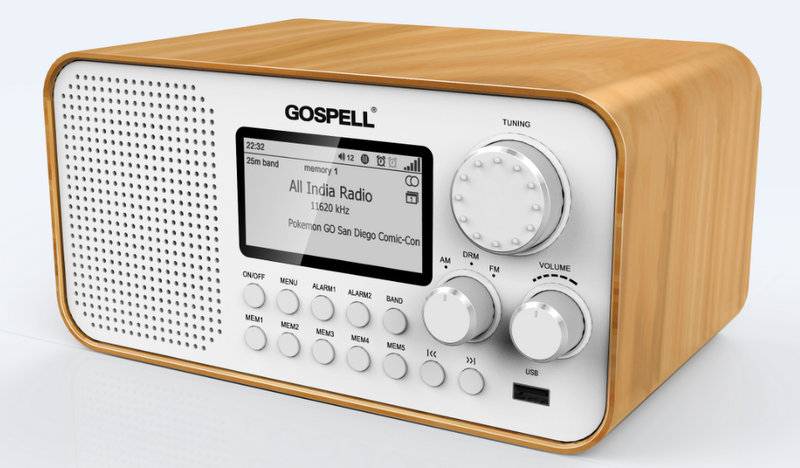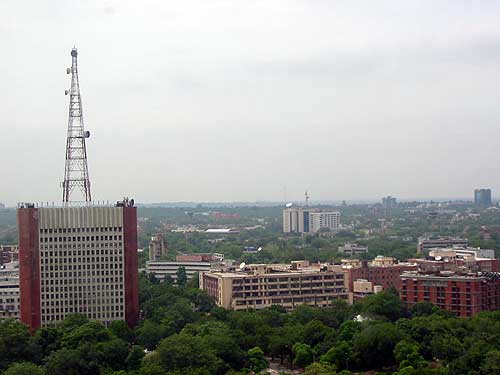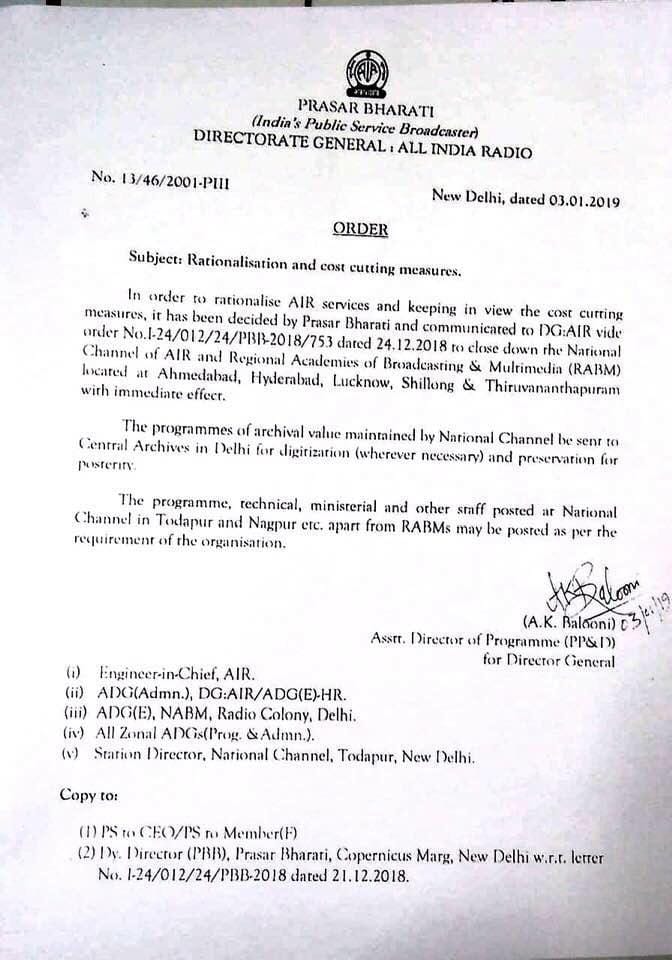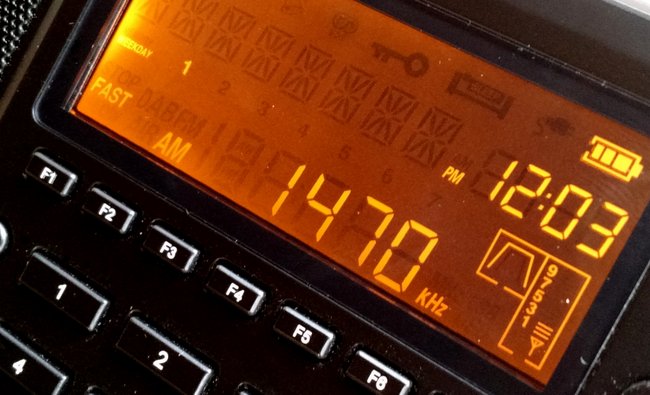(Source: Broadcast and Cable Sat)
Digital Radio Receivers – Availability At An Affordable Price
by Yogender Pal (Chairman, DRM India Chapter)
[…]Transmissions in FM band in India, by AIR as well as private broadcasters, are still in analogue mode only. Aware of the advantages of digital radio broadcasting, the Telecom Regulatory Authority of India, the regulator for all the broadcast services too, has recommended to allow private broadcasters to broadcast in the digital white spaces available in the FM band (VHF band II). This recommendation is under consideration of the Ministry of Information and Broadcasting. The Ministry held a meeting on the issue on August 30, 2018. All stakeholders (public and private) were in favor of digital broadcasting in FM band and suggested that the ministry makes public a regulatory policy as soon as possible. Cellphone manufacturers also gave their support provided no additional costs were involved.
A digital receiver is required to receive digital radio broadcasts as analogue receivers cannot decode the digital signals.
One of the welcome features of the current roll-out of DRM digital radio in India has been the early and overwhelming commitment of the car industry. Most of the leading car manufacturers in India have either already incorporated DRM receivers in their cars or are in the process of incorporating them. Hyundai has built-in DRM radios in all its models except one. Maruti Suzuki has also incorporated DRM receivers in 6 models and all their models are soon expected to have built-in DRM receivers. Mahindra has also installed DRM in its TUV model. It is encouraging that the roll-out of DRM equipped cars is growing rapidly. At present the number is understood to have surpassed the 10 lakh mark. Indian car manufacturers are not charging extra from consumers for line-fit DRM radio sets.
In parallel, efforts are being made by a large number of Indian and foreign receiver manufacturers to provide standalone DRM receivers. Communications Systems is the first Indian radio manufacturer to domestically develop and produce a DRM receiver (AV-1401). Inntot Technologies, a young start-up enterprise, has developed a software-based DRM receiver based on a generic processor. This is likely to be much cheaper. GeekSynergy, another start-up company, is also working on the development of a highly affordable DRM receiver.
Gospell Digital Technology located in China has presented a very well-reviewed DRM Receiver, GR216, which is already in production. Gospell is developing a DRM receiver dongle, GR-227 too, which can be plugged in the existing audio systems in the automobiles on USB ports or Aux input to receive DRM digital signals. Titus SDR, a Panamanian based company, has developed a multi-standard and software-based digital radio receiver. Starwaves has also developed a prototype DRM receiver.
Standalone DRM digital efforts remain relatively expensive at present. Like with any new technology higher volumes will bring down the cost of the receivers. AIR may thus offer content with additional audio services, innovative advanced features such as journaline advanced text, emergency warnings, and traffic information so that listeners see value in buying a digital receiver.
An app for DRM digital reception in mobile phones in FM band has been already developed. Demonstrations have been made on the reception of DRM digital signals in the existing mobile phones by plugging a dongle. External dongle would not be required in the new mobile phones; however, the industry wants to see the publicized policy of the government before making the necessary adjustments for working of the app.
Most of the standalone receivers can receive DRM (in addition to analogue) in AM bands; and its software can also be upgraded to receive DRM in FM band. As announced by Director General recently, AIR may start digital radio broadcasting in FM band. Government may also accept TRAI recommendations and announce a roadmap for digital radio broadcasting in FM band by private broadcasters so that the industry (cellphones, automobile, and standalone receiver manufacturers) gets confidence and starts mass production of receivers.[…]
Read the full article at Broadcast and Cable Sat online.
Many thanks to Ed for the tip!





